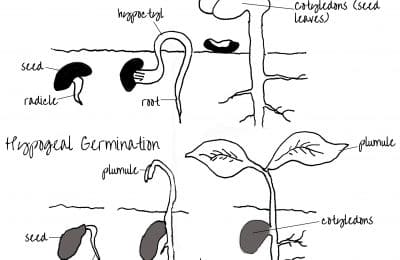Soil colloids are made up of the smallest particles of humus and clay in the soil. Only particles less than 0.001 mm are officially defined as colloids. Humus particles are tiny pieces of organic matter and are known as Organic Colloids. The clay particles are known as Inorganic Colloids.
Soil colloids are the most active portion of the soil and determine the physical and chemical properties of a soil. Clay is defined as any particle that is less than 0.002 mm in size – this is tiny, requiring an electron microscope to view the individual particles. However, as soil colloids are defined as particles less than 0.001 mm in size not all clay particles are strictly colloids. Inorganic colloids usually make up the bulk of soil colloids, but the humus particles or organic colloids are the most reactive chemically and generally have a greater influence on soil properties per unit weight than the clay particles.
One of the most important properties of colloids is their ability to adsorb (attach to), hold, and release the mineral ions which form plant nutrients. Colloids have a negative charge as a result of their physical and chemical composition. This negative charge attracts cations (nutrient atoms which all have a positive charge and water molecules), and holds them on the surface of the colloid.
There is a constant process of exchange going on, with cations attached to the surface of the clay or humus particle being released into the soil solution where they can then be taken up by the plant root. New cations then become attached to the colloid. This action of colloids is very important as if nutrients simply remained in the soil solution they would be quickly leached away. However, if they were permanently attached to colloids they would not be available to be taken up by plant roots.
Both inorganic and organic colloids are closely mixed with other soil solids such as sand and silt particles. These sand and silt-sized components consist mainly of quartz, which makes them chemically inactive.


Very helpful and has opened my mind
Brilliant